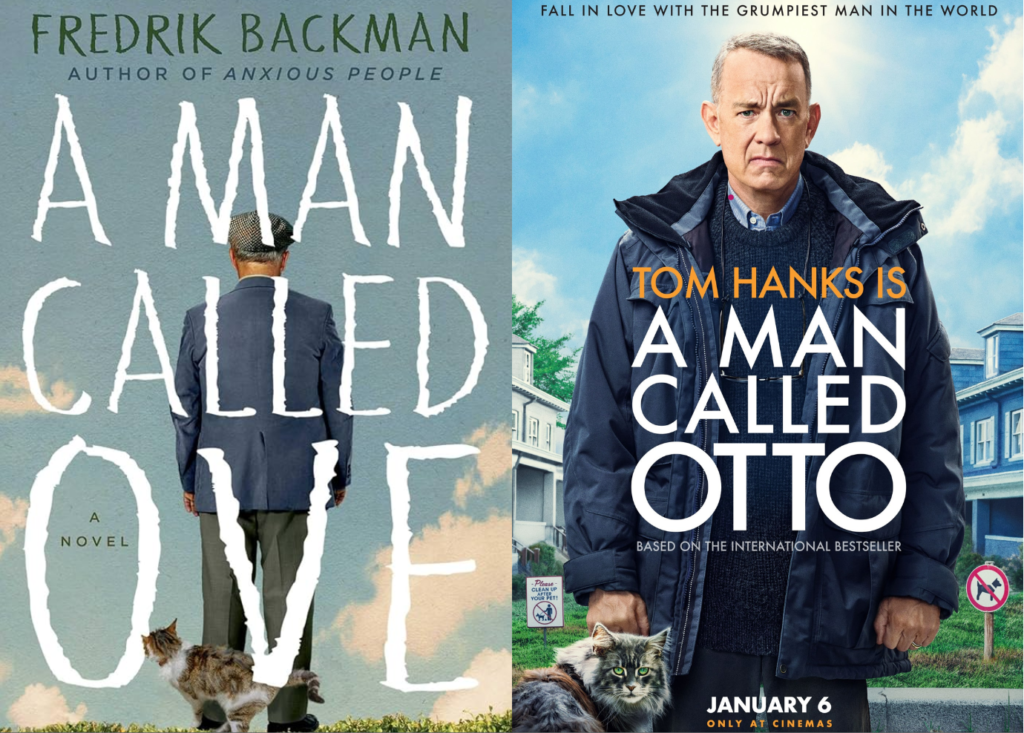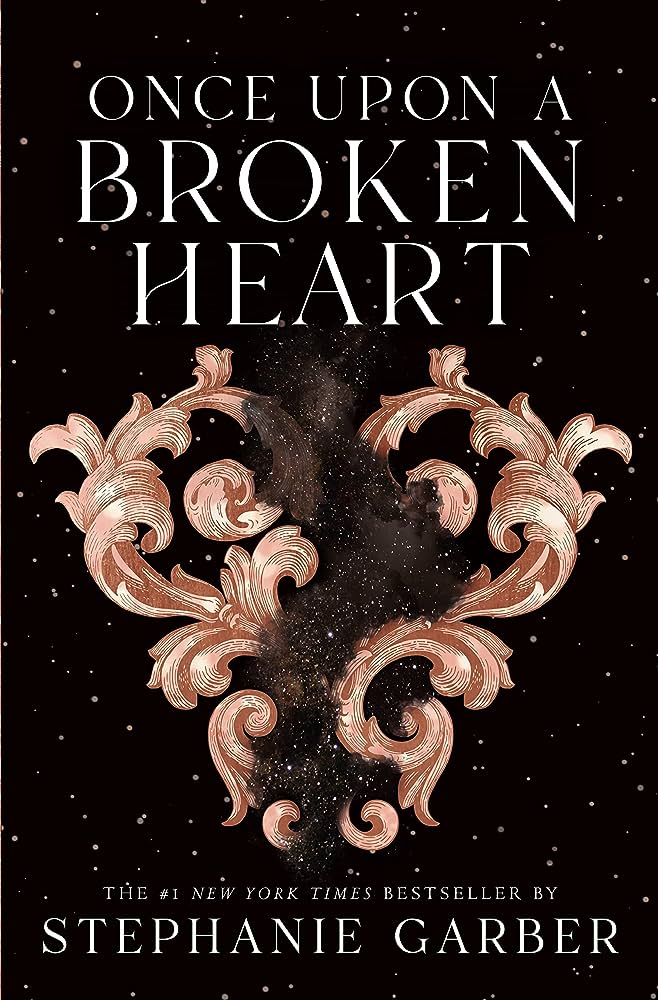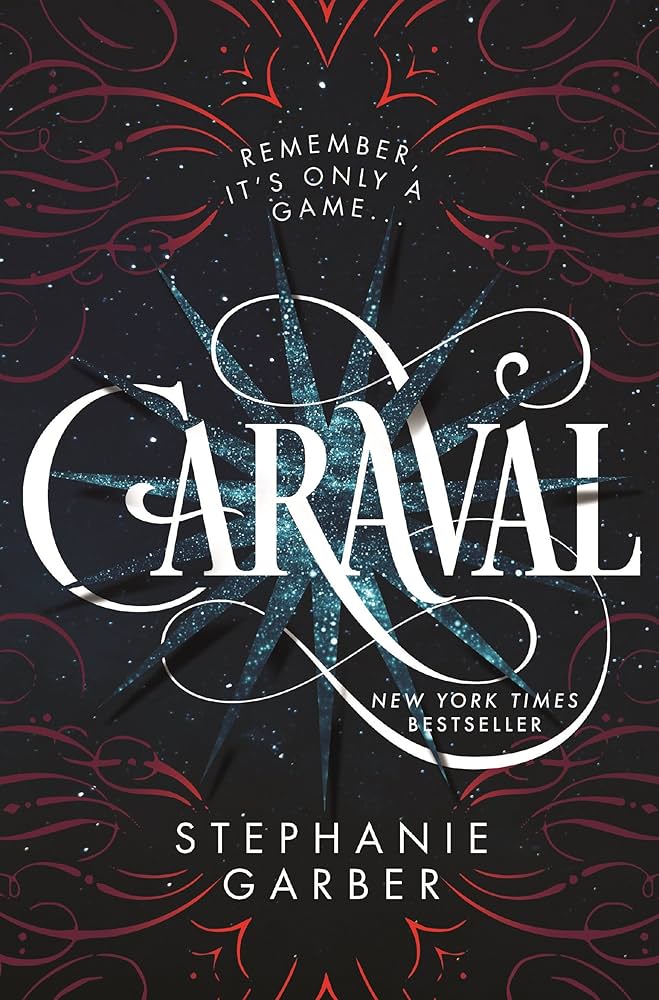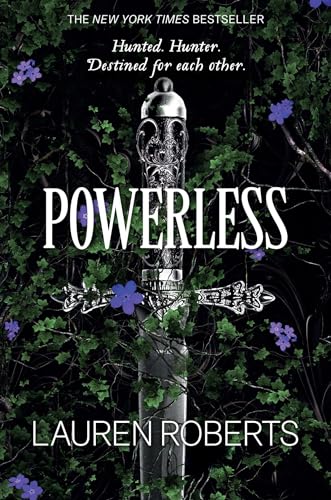A Man Called Ove vs. A Man Called Otto: Exploring the Transformative Journey from Page to Screen
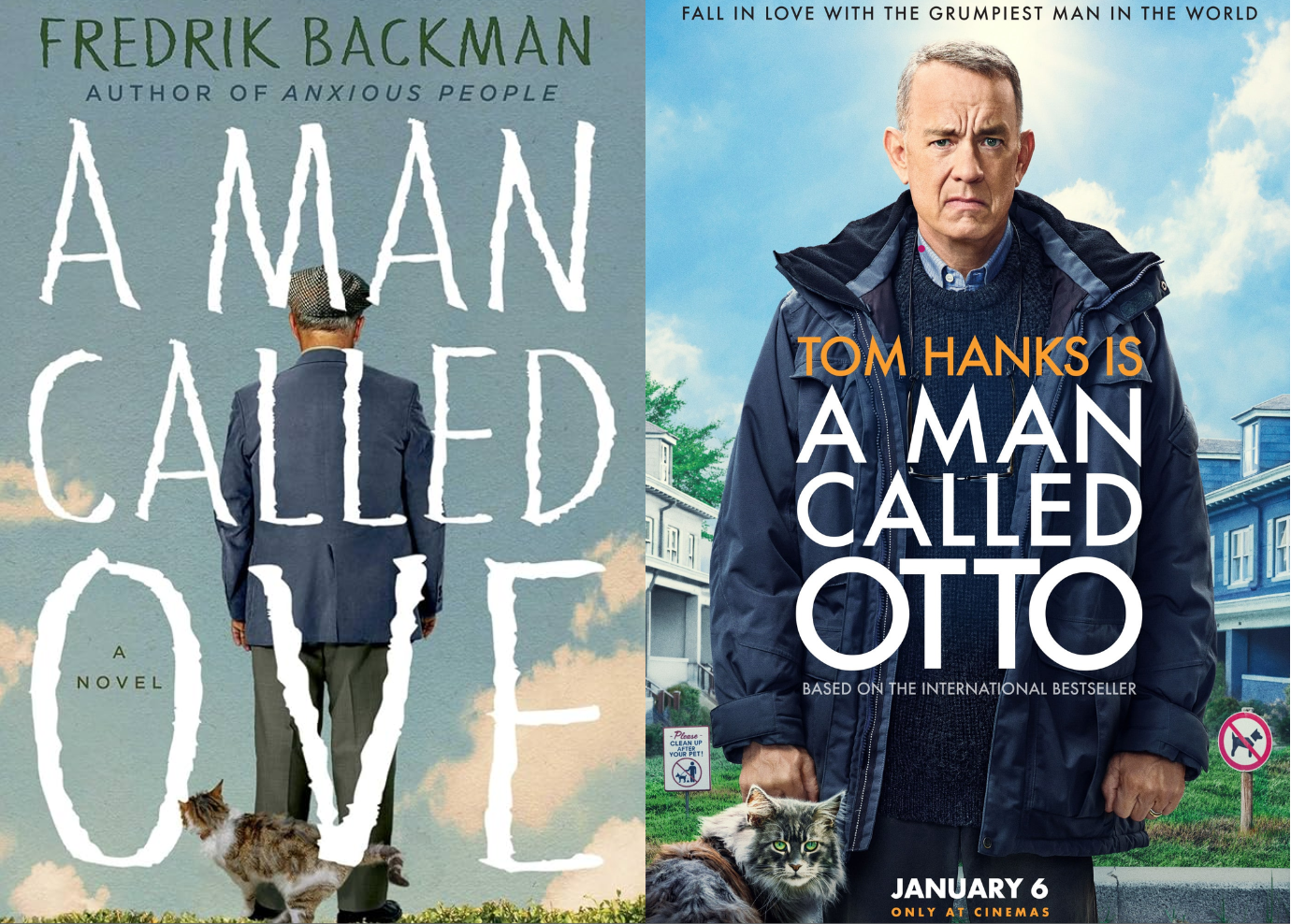
In the world of literature, there are often discussions about whether on-screen adaptations of books are particularly faithful to the vivid and original plot shown on paper. So, let’s put books and movies in the WWE ring 🥊 as we talk about whether or not that is the case for Fredrik Backman’s heartwarming novel “A Man Called Ove” and its cinematic adaptation, as well as a hypothetical reimagination titled “A Man Called Otto.” (I’m aware there is another remake of the book –> “A Man Called Ove”, Director: Hannes Holm, Actor: Rolf Lassgård, but I have not watched that)
*SPOILERS AHEAD* *SPOILERS AHEAD* *SPOILERS AHEAD* *SPOILERS AHEAD* *SPOILERS AHEAD*
“A Man Called Ove” by Fredrick Backman is a Swedish novel published in 2012. In this novel, the main character otherwise aka Ove is a prickly, rule-abiding, 59-year-old Swedish man, who is on a mission to unalive himself… For those unfamiliar with the backstory, Ove’s wife Sonja has recently passed away, leaving Ove shattered and depressed. Sonja was his true love, his entire world, and when she died, Ove was left with no job, nothing. But the problem he has with completing his mission is that he never seems to get the job done, whenever he is ready, something out of the ordinary happens with his nosy neighbors, disrupting him.
“A Man Called Otto” directed by Mark Forster and played by Tom Hanks, is the movie adaptation of the book “A Man Called Ove”. The movie is very charming and heartfelt which truly emphasizes Otto’s emotions and feelings after his wife Sonya died. In the movie he is very oriented to the rules in his neighborhood, always scolding the people who break them, until he meets a Hispanic family next door who quickly become his family.
Characters, similarities, differences:
Both the book and the movie, start with a customer service interaction, (one in a hardware store for Otto, and one in an electronics store for Ove), they are both arguing which shows they both have cranky personalities. In the movie, it hits the floor running by letting the viewers know that Otto is planning to off himself in the first few minutes. In the book, it’s more disguised and not so readily displayed.
Also, one of the main differences is the neighbor’s ethnicity, in the book the neighbors are immigrants from the Middle East moving to Sweden, and in the movie, they are Hispanic moving to the United States.
In “A Man Called Ove” there is a side character named Adrian in his twenties whose bike is broken, Ove at first dismisses the boy’s ask for assistance. Still, later he finds out that Adrian was trying to fix the bike up for his girlfriend and he is swamped working multiple jobs, trying to save up money. Later on, he visits Adrian at one of his workplaces and comes to find out that one of Adrian’s gay co-workers, Mirsad had been recently kicked out of his homophobic dad’s house. Ove reluctantly took him in for some time, just until he could get back up on his feet.
On the other hand, in the movie adaption, “A Man Called Otto”, they changed Mirsad’s name to Malcolm, and instead of identifying as homosexual, he identified as transgender. They consolidated Mirsad and Adrian’s characters into one, Malcolm. A similar storyline is followed, being that Malcolm has also been kicked out and he was also a kid working multiple jobs to save up for a car.
In the movie, they don’t show a minor character, Malcolms’ father, whereas on the other hand, Amel is one of the main side characters revealed. There is some heavy character development in the book where Amel has a change of heart about Mirsad after talking to Ove, resulting in taking Mirsad back in.
Tom, another character that was cut from the movie was an obnoxious and rude employee at the train company Ove worked at. In the movie, Tom is spread out into various characters. Another minor character that was not incorporated into the movie was José.
As the flashbacks were shown in the movie of young Sonya and Otto they didn’t portray the Spain tour they took. In the book, the couple meets José who runs the hotel the couple stays at on their bus tour while taking their tour of Spain, Ove and José quickly become friends after observing Ove repair an elderly woman’s car, José extends them complimentary food, leading to the growth of a newfound friendship.
In the movie, Ove’s mother and Sonja’s father weren’t alluded to, whereas in “A Man Called Ove,” Ove experienced the loss of his mother at a young age, followed by his father in a tragic accident on the train tracks. As for Sonja’s father, in the book, he is solemn and introverted, who is similar to Ove as he doesn’t like interactions. In the book, Ove and Sonja’s father had a really good bond, and the book also depicted that the passing away of Sonja affected Ove and Sonja’s father deeply. In the movie, Sonya’s father isn’t revealed.
Also, in both the book and the movie Ove and Otto end up housing a cat, taking it in, and completing a close and heartfelt bond. In the movie and the book, Otto and Ove both rule followers down to the “T”. They both harass their neighbors with petty complaints about neighborhood regulations.
Also, another similarity is that they both show Ove/Otto lying to Sonja/Sonya about being in the military, when in reality he isn’t able to go to the military because of a heart condition. In the movie, the neighbors are also renters instead of homeowners. In the movie, the main looming conflict was that the development wanted to buy the houses in the neighborhood.
In the book, after 4 years pass, Ove passes away due to natural causes and ends up leaving everything to his neighbor and the children of the neighborhood. She starts a charity for orphans in his name and over 300 people show up to his funeral.
Otto, in the book, also passes away and succumbed to his heart condition after a couple of years. He left a note behind explaining that if he died, it was not because he hurt himself, it was natural. He said that he would like to give Malcolm his car, Otto had also made arrangements with his lawyer to leave his home and money, as well as the cat, to his neighboring family. The family organizes a funeral for Otto, drawing a respectable turnout. Jimmy, one of his neighbors, and Malcolm pledge to continue Otto’s customary rounds. Otto, signing the letter as “Abuelo Otto,” leaves a heartfelt legacy. The final scene poignantly reveals his resting place beside Sonya.
Conclusion:
In the epic showdown between “A Man Called Ove” and the whimsical reimagining of “A Man Called Otto,” Ove and Otto, both adorned with cranky exteriors and hearts of gold, embark on a journey to find fulfillment and happiness in their lives as they meet quirky neighbors, and loving connections who are with them through the way. As some characters change names, ethnicities, and genders, the essence of human connection remains faithful. Whether it’s Ove’s and Otto’s rule-abiding, meticulous personality, the magic of storytelling rings true as unexpected friendships go from written words to spoken on screen.
The plot intertwines the spine of the book with the director’s camera creating a tale, so heartwarming that it celebrates both literature and cinema. So, in this storytelling ring, embrace the heartwarming journey with Ove and Otto. Grab some popcorn, turn the pages, or hit play on your remote, and relish the enchanting fusion of written and visual narratives! 📚🍿✨
If you liked this post, check out Book-Talks for something similar!
